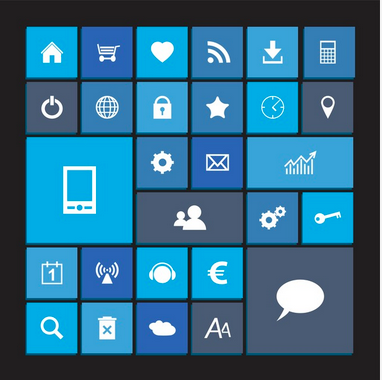Why blog? Why email? Why send anyone anything if they’re not going to read or respond (sidenote: why did you click on this post? Was it the title)?
Most people will tell you it’s about impressions. And most people wouldn’t be wrong…per se. When you get down to the nitty-gritty of it, marketing (content or otherwise) is genuinely about impressions. Magazines are ranked by their impressions, not their subscriptions. Same goes for periodicals. Since most content and publications have moseyed on over to the world wide web, impressions are even more important. People now measure your viral to organic ratios of impressions. So, it’s pretty safe to say that impressions are pretty damn important.
But are they it? You know, the big proverbial it.
In the grand scheme of content and online marketing, we’re looking for more than just impressions. We want clicks. Conversions. Sales. So, how can you drive those things? Especially when most people, including myself, are quick to ignore a sales-driven email that arrives in our inbox?
It’s All About That Subject Line
People, in general, are pretty easy to understand in today’s world. Life is busy. Time is limited. Connections need to be made swiftly and they need to have a point. The very same goes for your email marketing strategy. You need to capture your consumer’s attention in pretty much 6 words or less (just so you know: we spend about as much time on the subject line as we do writing & designing the whole email — it’s that important). Here are some great tips to shortening up your subject line to drive a higher open-rate and generate more sales from email.
Get to The Point: Don’t beat around the bush. Keep your subject line succinct and a fair assessment of what your reader will get if they open your email. Simple is your best friend when it comes to writing subject lines. People don’t need eloquent subject lines, they don’t need stories either. The more direct you are, the faster it is for them to skim over the subject and decide quickly if they want more.
Avoid Spammy Buzz Words: Free, New, Today Only, Sale, Buy, Don’t Miss Out, Your Only Chance, Free, Once in a Lifetime, Opportunity, Free, Download, Free. While fun, these words will fast-track you to the “spam” folder in most inboxes. If you’re lucky enough to get by the spam filter, then you’re dealing with humans who have bee pitched to with enough sales-y garbage to know better.
Give ’em Something to Read About: Content, Content, Content. Despite the fact that we can all argue that people are reading less today than ever before, we can’t argue that people are reading MORE of what they want. Recent studies have shown that consumers today will read a 1200 word article on something that catches their attention but not even bother with a 200 word blog post that doesn’t quite give them something they need. We’re all looking for advice, for insight, for quality content. So, be sure to provide something useful inside your email that your audience can grow to rely on.
Think About What You Open: Take a look at your inbox. Scroll through all the emails that you receive. See which ones catch your attention. Start from there. Once you understand what you’re opening and reading, you’ll get a better feel for what others will open and read. More often than not, what you’re opening are subject lines that are providing you with something you want–while also sharing a bit of who they are. Whether it’s “The Only Bag You’ll Need” from J. Crew or “This Week’s New Music” from Spotify, there’s something in there that will catch your attention. Take a gander and then take a shot at your own subject lines.
These days, time is tight. So, if you don’t have the time to kick-off a killer email strategy, go ahead and outsource. There’s a lot going on in the wide world of online and content marketing. Make sure you’re not getting left behind.





